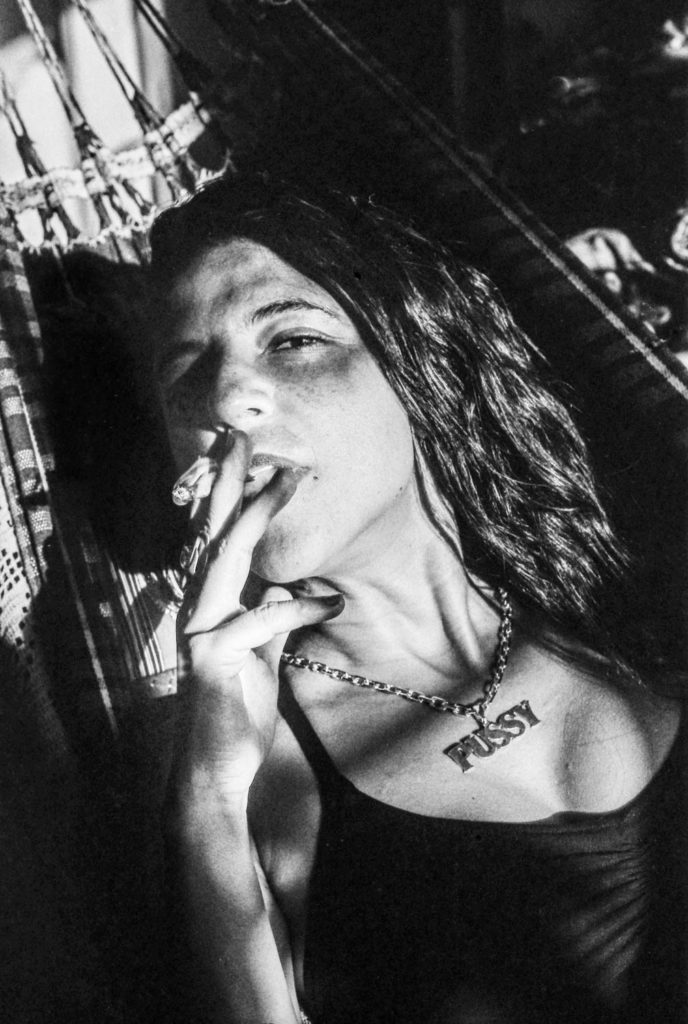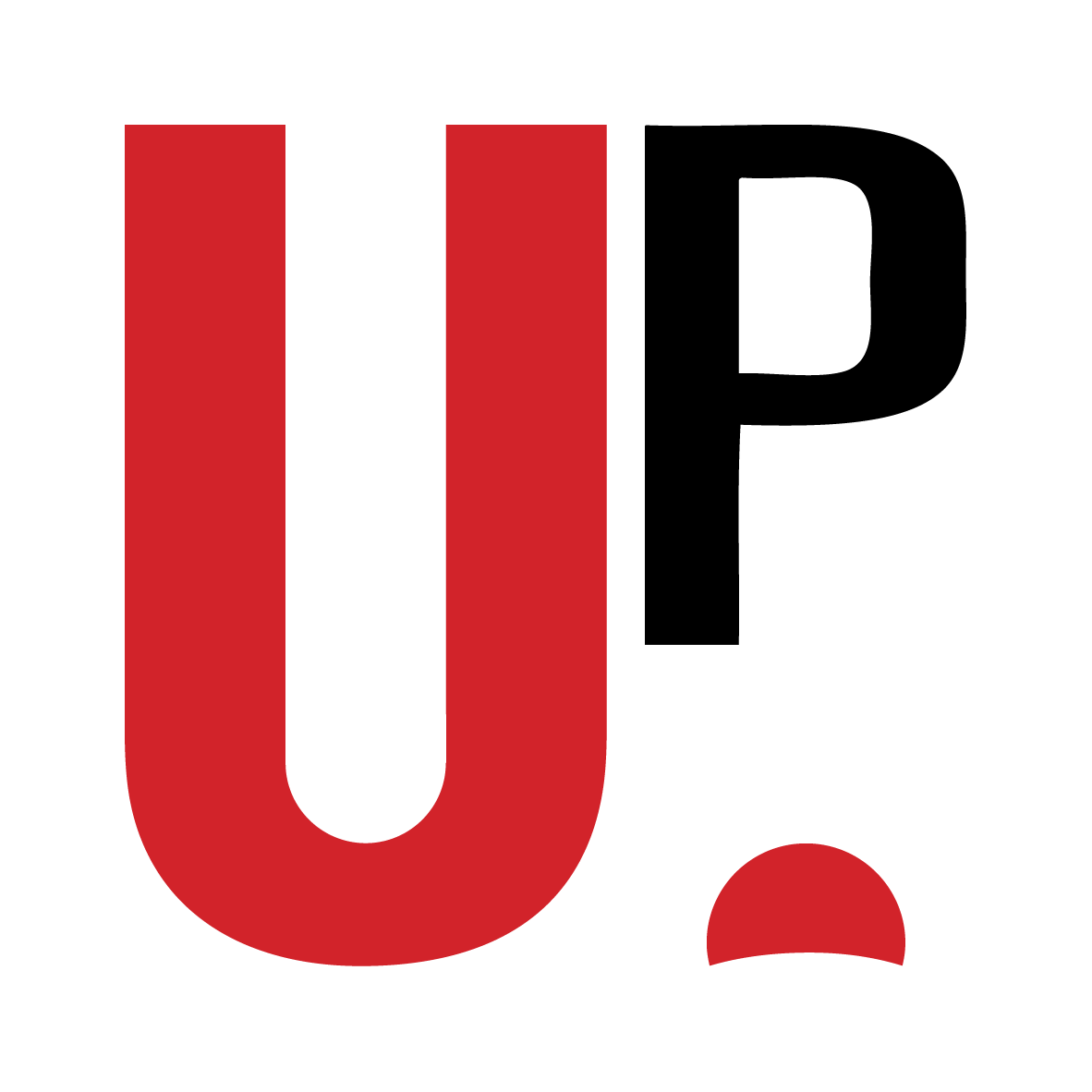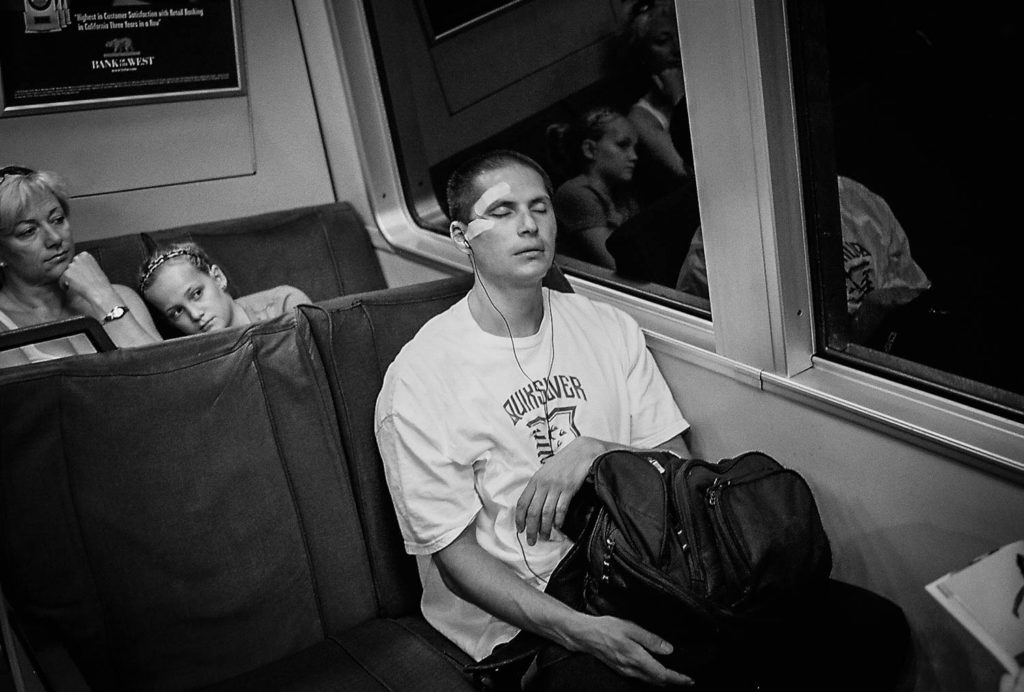
WHO?
I am a frustrated creative from a family of creative people. Based on my observation I have to say there is a creative drive that may be genetic. My grandfather, a self-taught painter and sculptor, finally pursued his art after retiring from a humble civil service job doing reproduction graphics. He did a life-scale military sculpture that was installed on the Camp Pendleton Marine Corps base in California. While I find his painting sentimental it was technically quite competent. My mother received a full scholarship to study watercolor painting and my grandfather kept her from attending college until much later in life. Both of them had a lot of creative drive. My aunt on my mother’s side of the family is the only one of us that made art a career and recently retired from her academic position teaching painting, design, and other 2D media. In the end, you can’t fight your blood and I relate to their frustration. I make a point of taking photos regularly to appease my drive.
I was somewhat thwarted in my creative path and went to law school. To pay the bills I do environmental permitting and work on endangered species and wetlands issues. If I were to start over I would learn and then teach core creative skills (figure drawing, photography, sculpture). I situate myself in my family in order to answer “who” because the creative drive feels like a family trait. There are other dimensions to my work that are more personal and less about social context.
For an apparently male person or someone “assigned male at birth,” in the cumbersome language we now use I have a dimension that is quite femme. Society is currently grappling with the policy questions and epistemology of gender – “are transgender people who they say they are?” “are non-binary people really not their assigned gender?” I believe people are who they say they are. As for myself, I am more interested in foundational, basic questions. For example, why is femininity devalued in our society? Regardless of how we conceptualize expression what are the costs of an inauthentic life? In my photography I do not confront these questions directly in a literal way, instead I made images metaphorically tracking my gradual movement from discomfort with the assigned expression to a degree of acceptance.
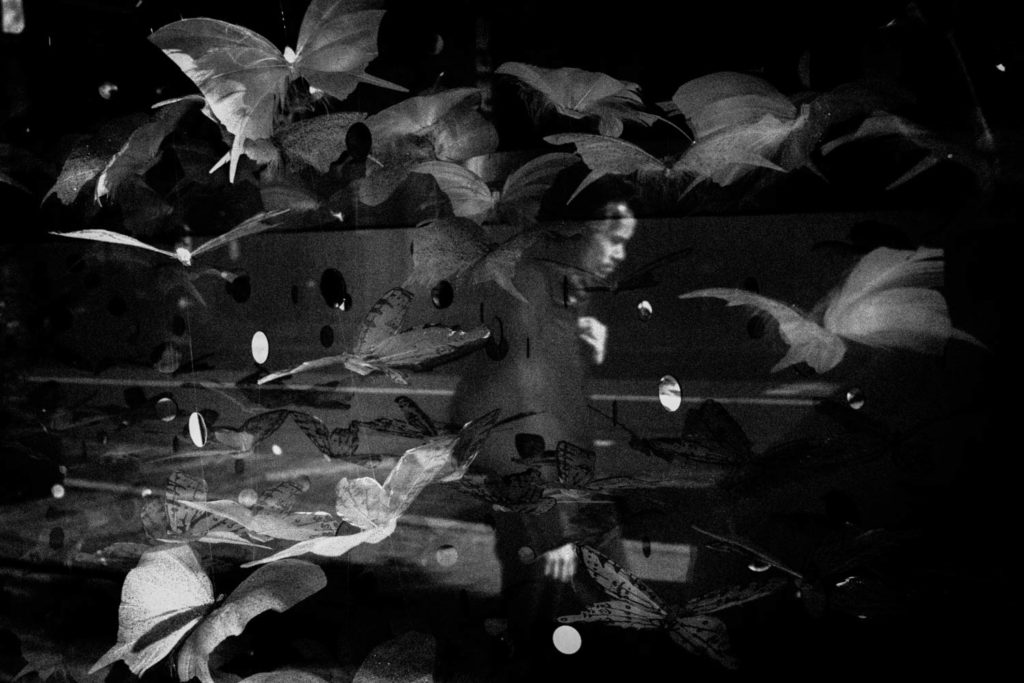
WHAT?
My photos form an arc of transition between different methods. When I first became interested in photography I felt it important to learn to work without intervention into the scene in any way. I then moved from candid photographs to also using portraiture. I confronted a question of what my work was about and what mixing methods meant. I realized that I did not want to represent my work as conforming to any method – the work is personal and is about my inner world as much as the subjects. The images track a period of growth, a Damascus moment, if you will, and the time before and after. I was miserable for a long time before facing my personal turmoil regarding gender expression. I was ravenous for images that mirrored my subjective discomfort. The work I made at that time was often candid, but this is the content that was relevant and motivating—the image as mirror of my inner world. After facing myself I made more portraiture of people in my social group. This approximate watershed correlates to the first three images shown here (all candid) and the last three (all portraits of people in my social circle). It is also a movement from distance from myself to proximity and acceptance, albeit with a descent into a dark time and emergence.
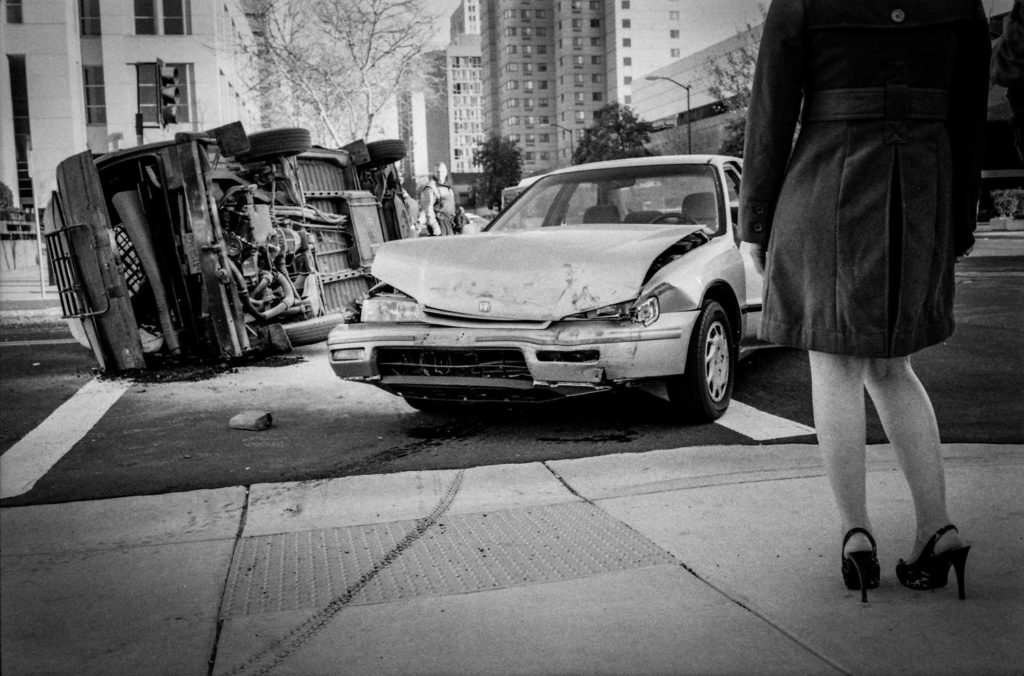
WHERE?
I made all of these images in the United States, specifically California – mostly the Bay Area and Sacramento.
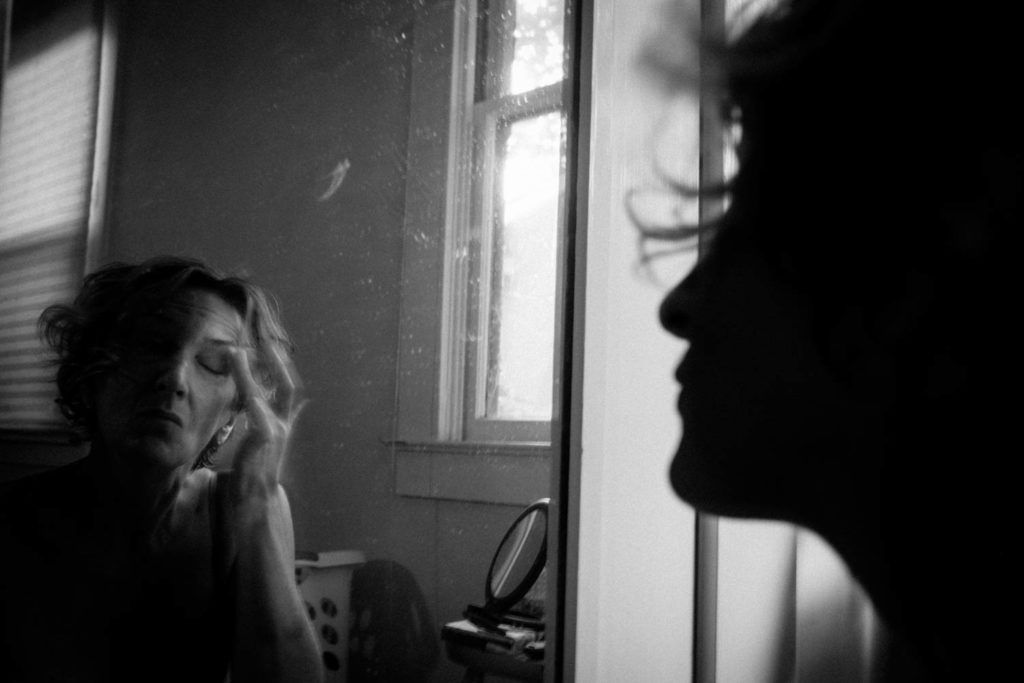
WHEN?
The work starts in the 2008 recession in the United States and extends to the present time. The work is ongoing.
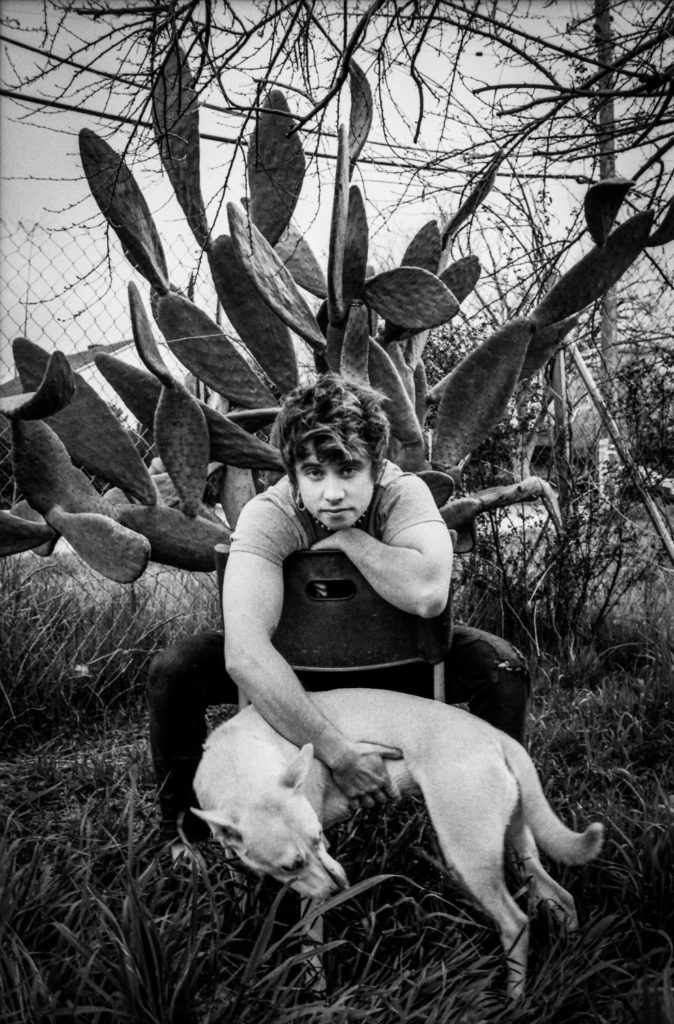
WHY?
My photos began as a personal visual diary. They track a narrative arc following a psyche moving from turmoil to authenticity. The issues are my issues. The problem of being authentic to oneself, however, is universal. If we are lucky we face the relevant questions. “What do I really want?” “What motivates me?” “Will I regret my life when I die?” We think we know ourselves, but do we really feel, in our gut, that we will die, someday? Do we then live with the gravity of this inevitable end point in mind? “What is worth doing in the time left?” “Who am I, really?” As a visual diary my images trace the process of asking such questions and finding subjects that answer them.
